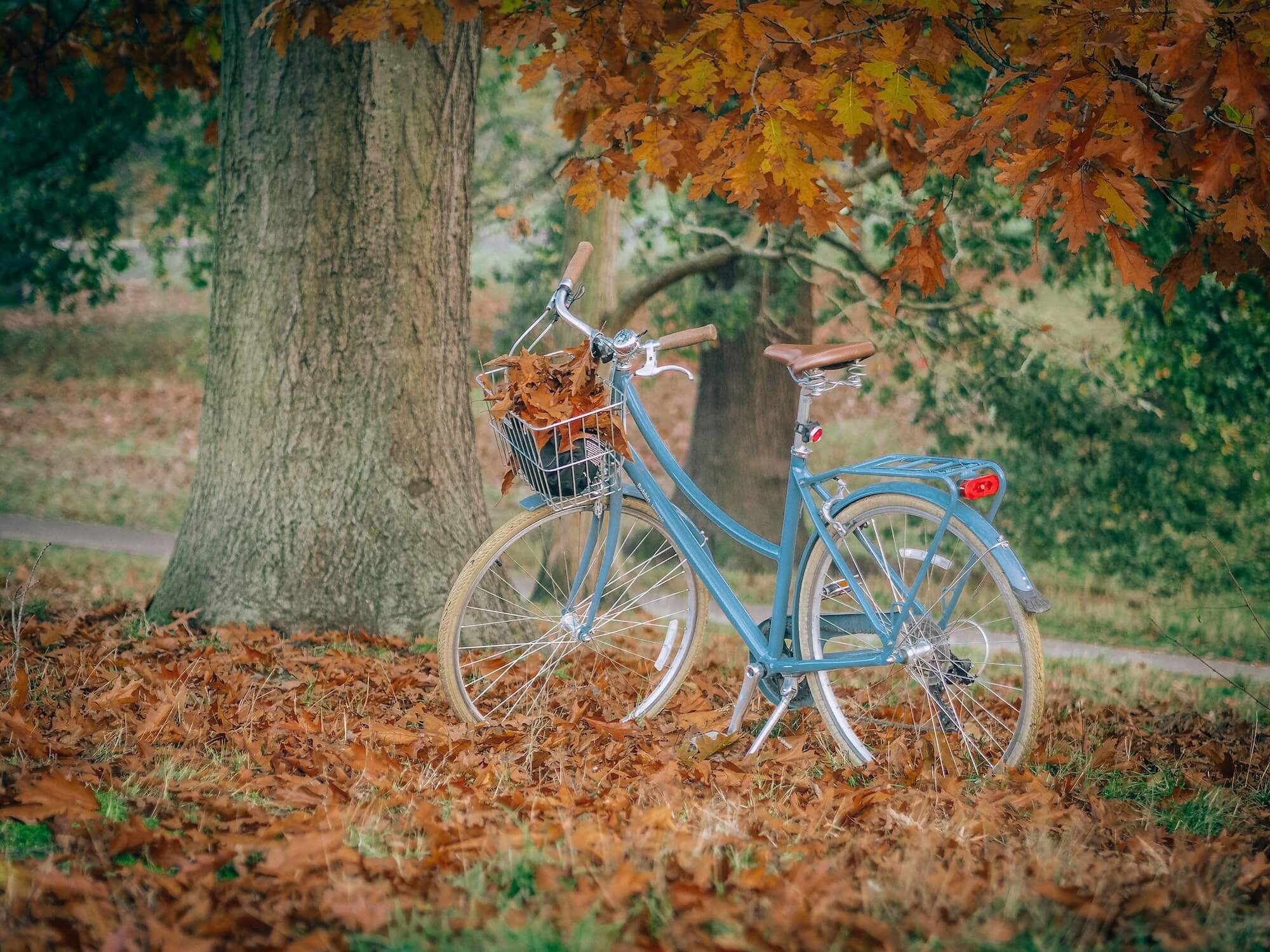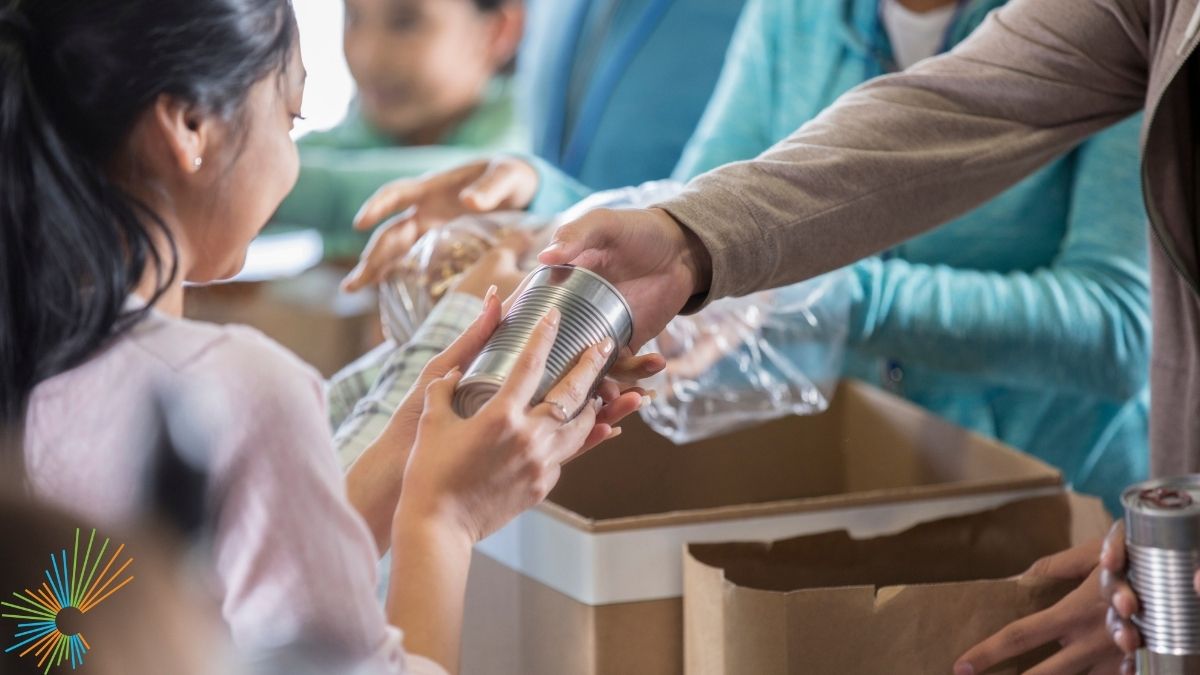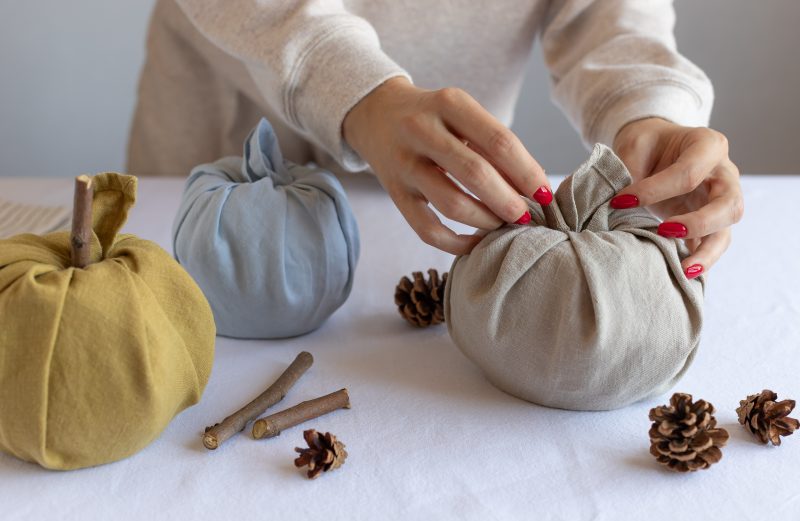It’s Circular Economy Month and Thanksgiving is around the corner in Canada! As we feel the temperatures drop and see the root and squash vegetables fill grocery stands and local markets, let’s take a moment to think about how to mindfully prepare for and enjoy the holiday. Whether you’re hosting friends or family, contributing a dish to a potluck, or in need of some ideas for how to store and use up leftovers, we hope the following sustainable tips will inspire you.

Honour Indigenous traditions
Indigenous Peoples have long practiced what we now call the circular economy—living in reciprocity with the land, ensuring nothing goes to waste. Canadian Thanksgiving traditions are rooted in Indigenous food culture, but excluded Indigenous peoples and even banned them from practising their own traditional ceremonies. Some Indigenous people are reclaiming Thanksgiving, rooting it in Indigenous gratitude, which centers on a profound, reciprocal relationship with the land.
Hosting Thanksgiving? Tips for you:
- Consider asking your guests about contributing to a potluck. Potlucks can share the financial burden of preparing large meals (not to mention the labour involved!).
- If you’re hosting, plan your leftovers storage to maximize shelf life. Did you know there are best practices for how to store certain foods in your fridge? Find out more here. Remember, your freezer is your best friend and partner in preventing food waste. Anything that can’t be consumed within a few days after Thanksgiving should go straight into the freezer to be consumed within for months.
- Plan ways to package meals you’ve prepared in advance without single-use plastics. Use reusables you have on hand before buying more. Here are our favourite types of reusables:
- Avoid single-use plastics when storing your leftovers. Use containers and ask your guests to bring their own, so you can share the leftovers and avoid food waste. Here are our favourite types of reusables:
- Use what you have: Before spending money on new reusable food storage containers, be creative! Sometimes a plate to cover leftovers in a bowl does the trick. Or use your favourite casserole dish with a cover as a giant container.
- Recycled jars and lids: Who else has a collection of miscellaneous jars diverted from the recycling bin? 🙋️. These are great for storing soup, stews and liquids.
- Beeswax wrap: A great alternative to plastic wrap for direct food contact.
- Linen or cotton tea towels: Use to cover proofing dough or upcycle an old, clean t-shirt in a pinch.
- Bowl covers: Covers made from fabric with elastic sewn into the lining or silicone are handy.
- Thermoses: Fill them with soup or sauce and let them cool before putting them in the fridge.
- Metal or glass containers: Easy to clean, metal and glass are a great, lasting alternative to plastic.
- Silicone (or quality plastic) reusable bags: These are more popular than ever and with good reason. They are lightweight and store a variety of food items.
- Decorations: Use what you already have around the house or borrow from someone who won’t need them. If you need to buy decor, find your next hidden gem at the local thrift store—or consider DIYing your own!
- Cleaning up: Use cloth napkins instead of single use and try out reusable paper towels for cleaning up spills (yes, these exist)!
- Recycle empty containers: from milk cartons to pop cans or wine bottles – don’t forget to properly recycle containers used at your gathering either in your curbside program or local depot. Depending on your province, you can get money back for every container recycled. That’s a win-win for your wallet and the environment!
- Little refillable luxuries: Are you planning to bust out the nice soap for guests? Why not support your local refillery or zero-waste store by trying out one of their soaps?

Attending Thanksgiving somewhere else? Tips for you:
- Bring reusable containers to take home leftovers. Three-for-one bonus: This helps avoid single-use plastics, prevents food from rotting in a landfill (or the host’s fridge!), and saves you from meal prep for the next few days.
- Shop your own closet, borrow from a friend, or buy secondhand for your Thanksgiving outfit before purchasing new clothes.
- Carpool or take public transit to and from your gathering.

Preparing meals for Thanksgiving? Tips for you:
- Consider preparing smaller portions than your instincts may tell you. Did you know that Americans waste 305 million pounds from Thanksgiving meals alone? Canadians have similar Thanksgiving traditions, so it’s important to reduce waste by making less. Many of us are familiar with the excessive amounts of food that are prepared and ultimately uneaten. Reduce food waste before it is made by avoiding excess. The silver lining of smaller portions is the money saved in buying smaller amounts of ingredients.
- Made too much? Consider giving away excess to family, friends, and neighbours.
- Avoid single-use and unnecessary packaging waste in the ingredients or meals you buy. Consider purchasing ingredients with minimal packaging. When purchasing fruit and vegetables, opt for those without packaging and use a reusable bag to carry them. Check if your local restaurant or ready-to-serve bar will fill a container you’ve brought in place of a single-use take-out container. Many of the ingredients you need for baking pies and cooking autumn soups – like flour, spices, dried legumes, and other grains can easily be purchased in bulk in refillable containers.
- Consider going plant-based or plant-forward: From a purely environmental perspective, global meat consumption should be cut by 75 per cent, or no more than 20 kg per person per year. In southern and urban parts of Canada, plant alternatives are accessible and plentiful. Get inspired by some great recipes by Rainbow Plant Life. Of course, not everyone can rely on plant alternatives. If meat is on the menu, support local producers to avoid factory farming. Vegetarian dishes can be easy to make and are generally cheaper than their meat counterparts, with only a little deviation from standard dishes—for example, swap a meat-broth gravy for a mushroom-broth gravy for the same great taste with less of a carbon footprint.
- Need to label prepared sauces? Ditch label-making waste. If your container is glass or plastic, try using a washable ink whiteboard marker to label jars and containers. Need something that won’t rub off accidentally? Write your label on a small piece of spare paper and “glue” it on with an easy-to-make natural glue—we tried just mixing flour and water, no cooking required—and it worked great as label adhesive on glass!
- Do you drive to pick up groceries? Pack your car with lots of reusable tote bags or bins. You may be purchasing more food than usual the next time you’re at the grocery store. By having extra bags on hand, you likely won’t need to buy more on the spot!
- If you walk, cycle, or take public transit, make sure you have more tote bags than usual near your front door, so you’re enticed to remember to bring them with you.
Be a strong link in your community:
Donate non-perishables to food banks. At a time when food insecurity across Canada has never been higher (and Ontario alone is seeing nearly 7% of its population visiting food banks), it would be an opportune time to clear out provisions you no longer need. While food banks may not accept leftovers for safety reasons, consider donating unexpired shelf-stable goods to your local food bank. Why not go through your pantry to see if you have cans or jars of food you no longer need or want, check the expiry date, and donate to help someone in need?

Have leftovers to deal with?
- Don’t let them go to waste. As much as we all love Thanksgiving dinner, eating leftovers of it every day gets old. Get creative and try out different recipes using what you have left. Here are great recipes to repurpose Thanksgiving leftovers.
- Compost leftovers that cannot be turned into something else, especially food that you suspect is no longer safe to eat.
Do you have any go-to tips for your sustainable holiday seasons? Let us know by posting on social media #CircularEconomyMonth!
Further reading:
- For a more professional zero waste chef’s perspective on Thanksgiving, check out the Zero Waste Chef’s Thanksgiving blog from 2016.
- Love Food Hate Waste fridge guide.
- Love Food Hate Waste Resource: Making the Most of Thanksgiving leftovers.

